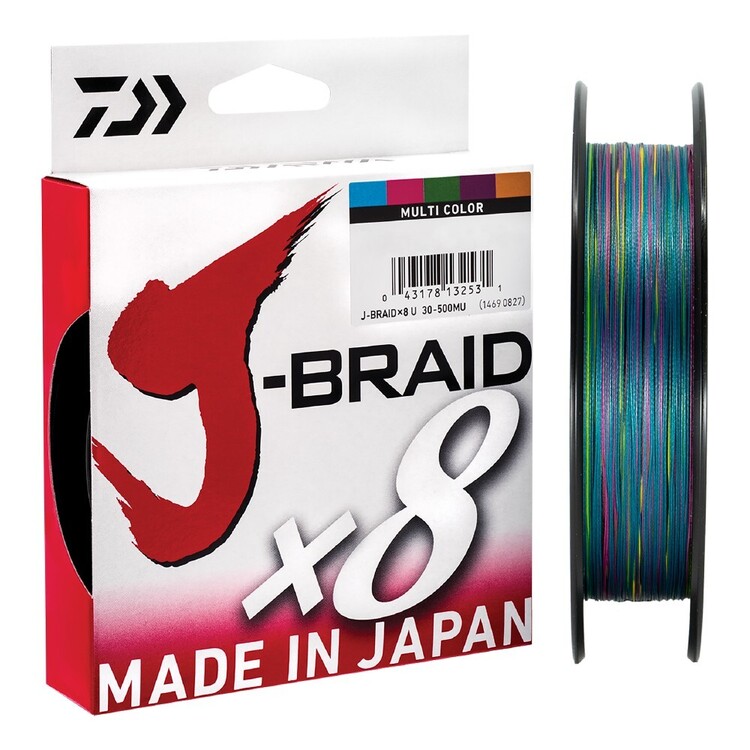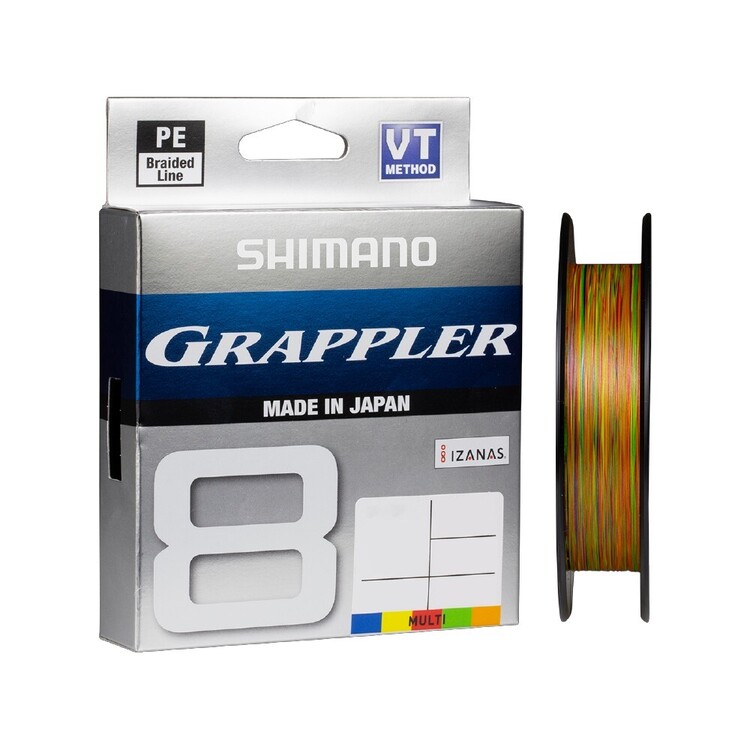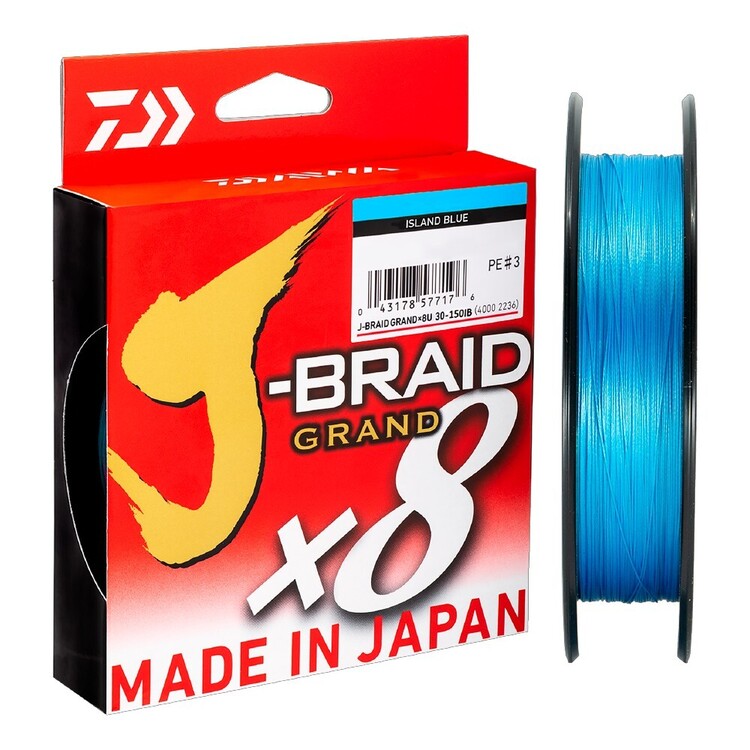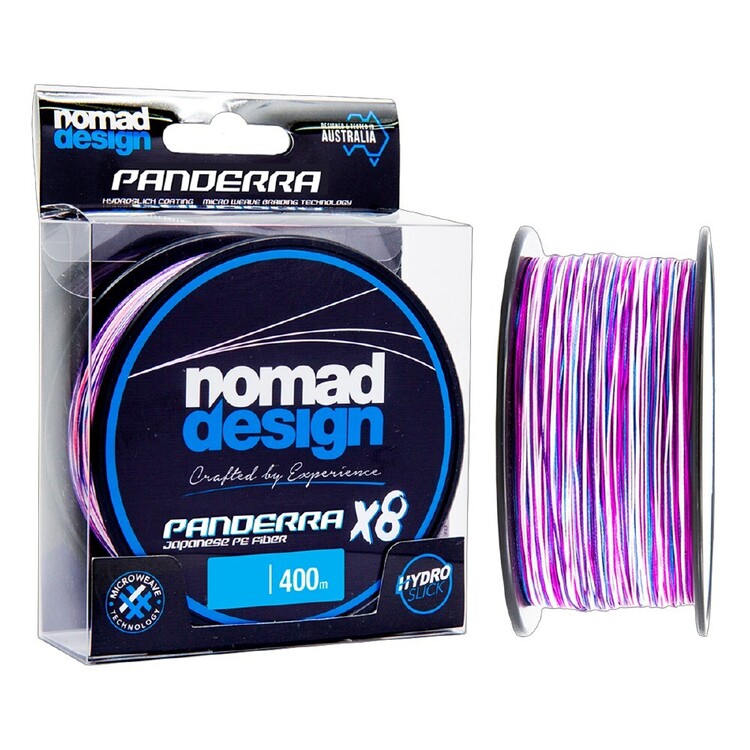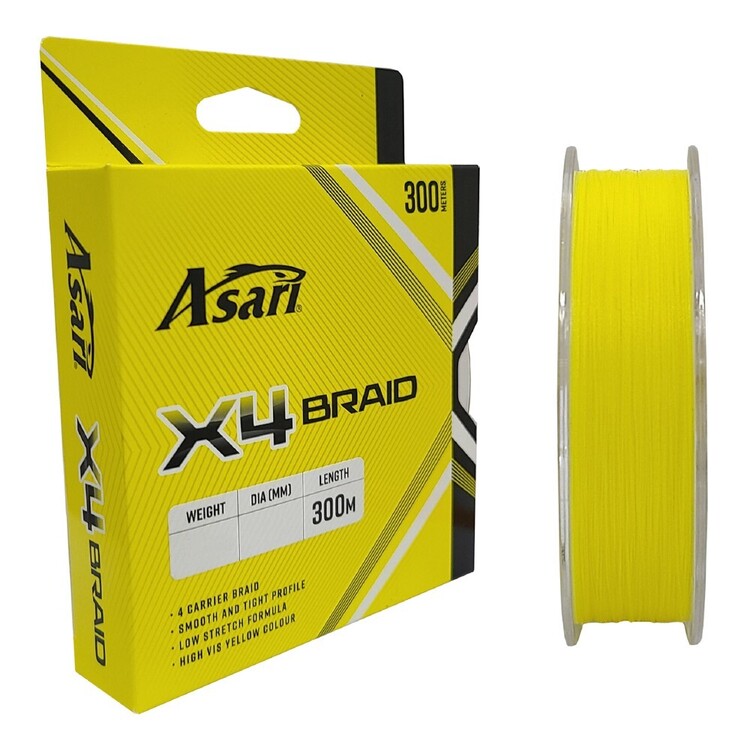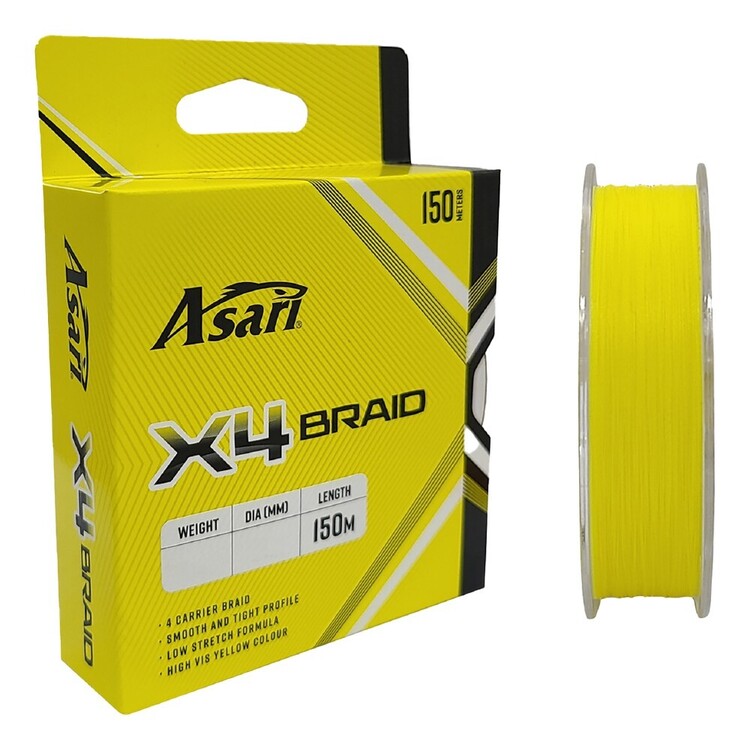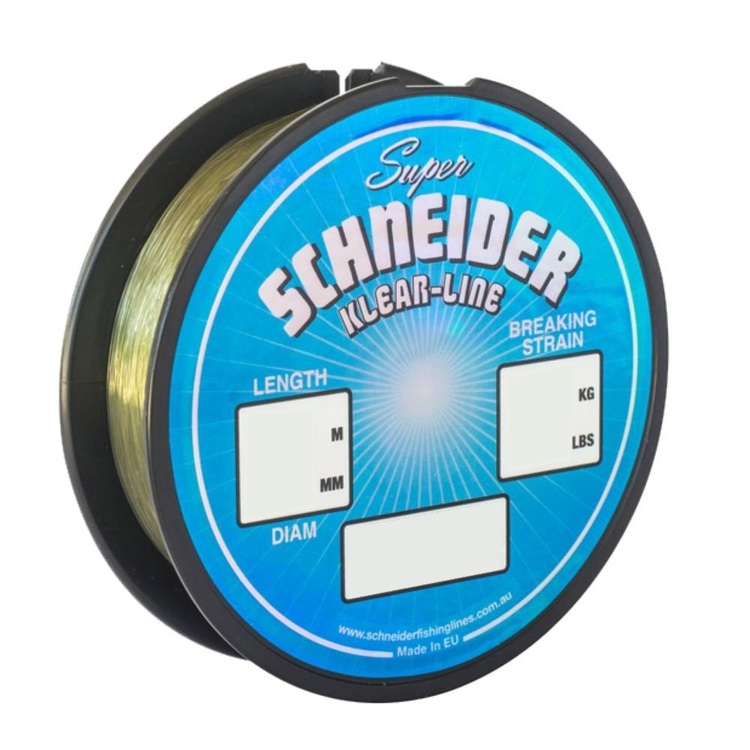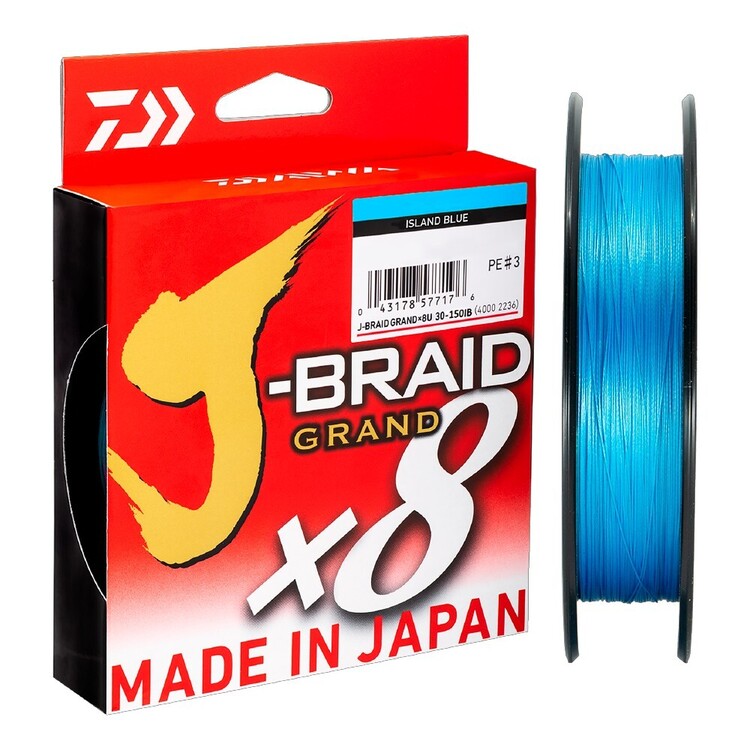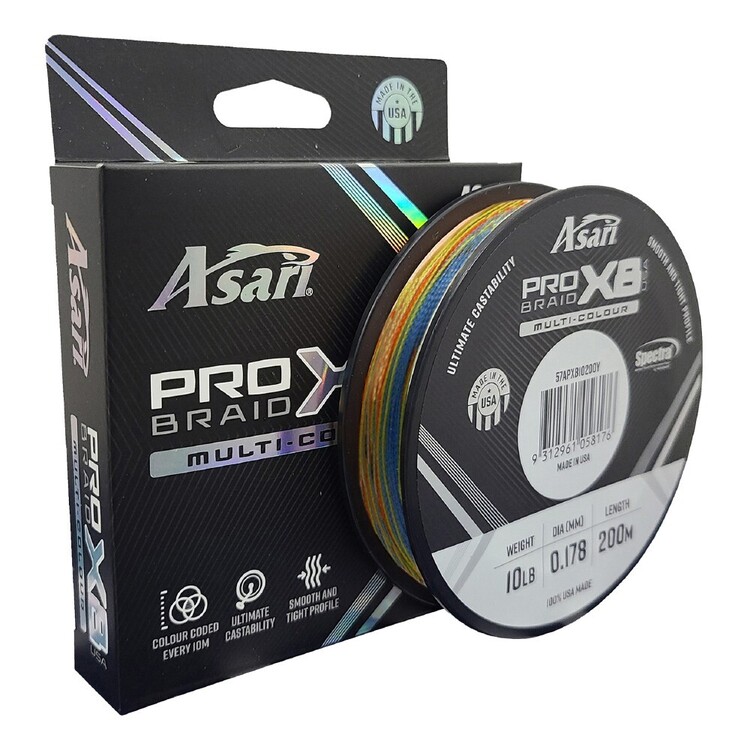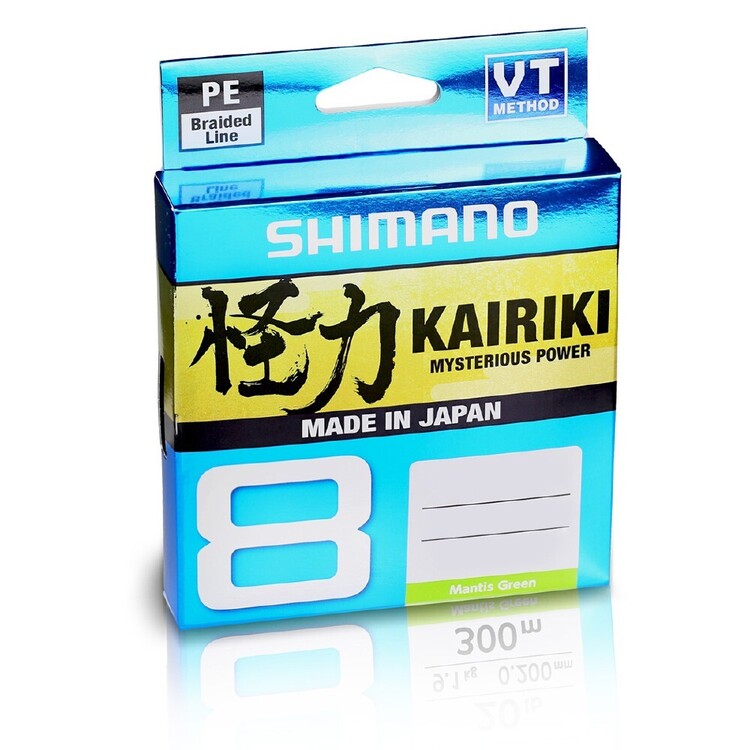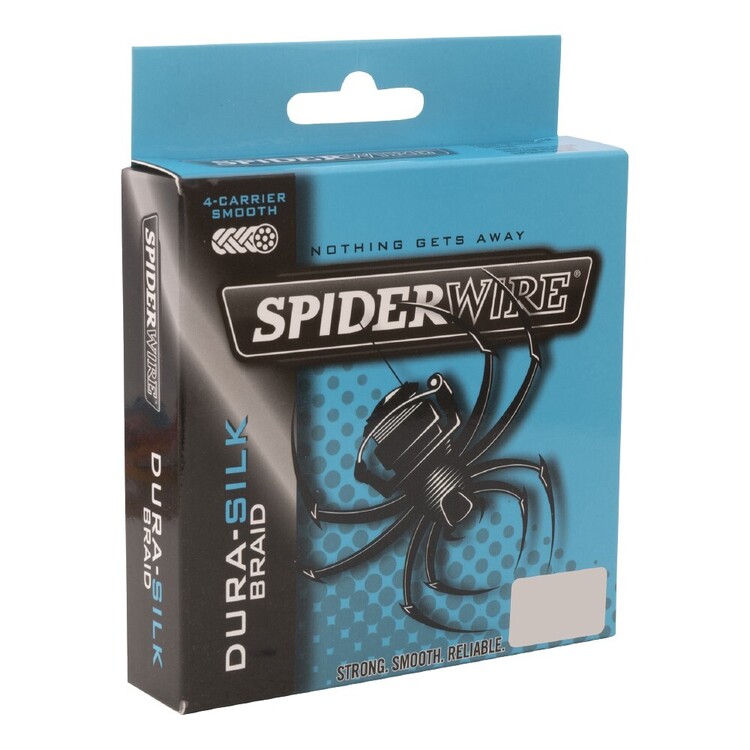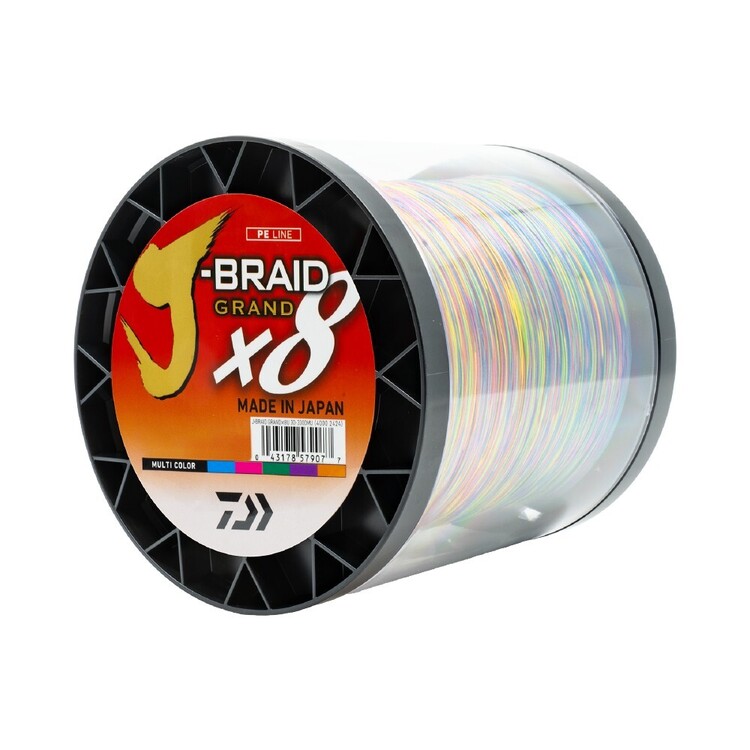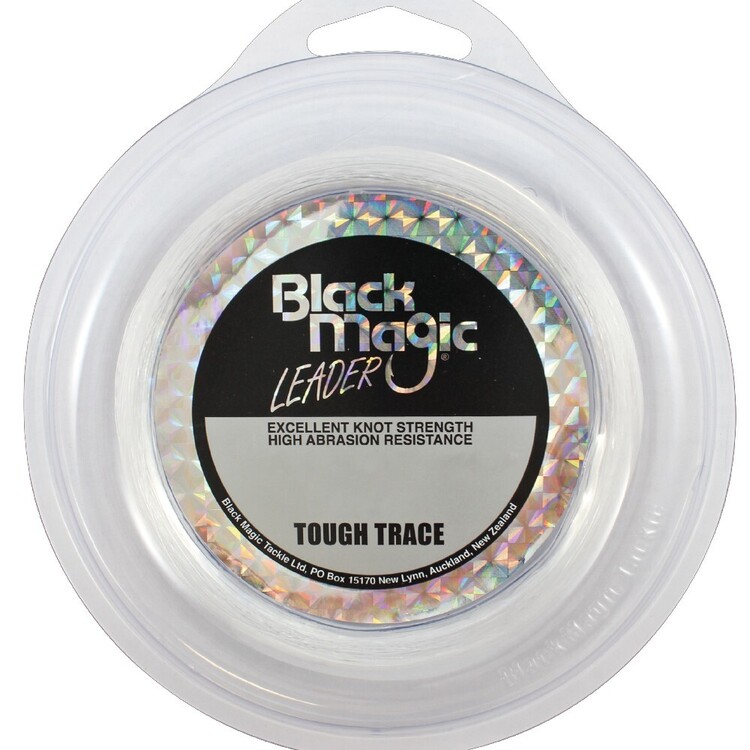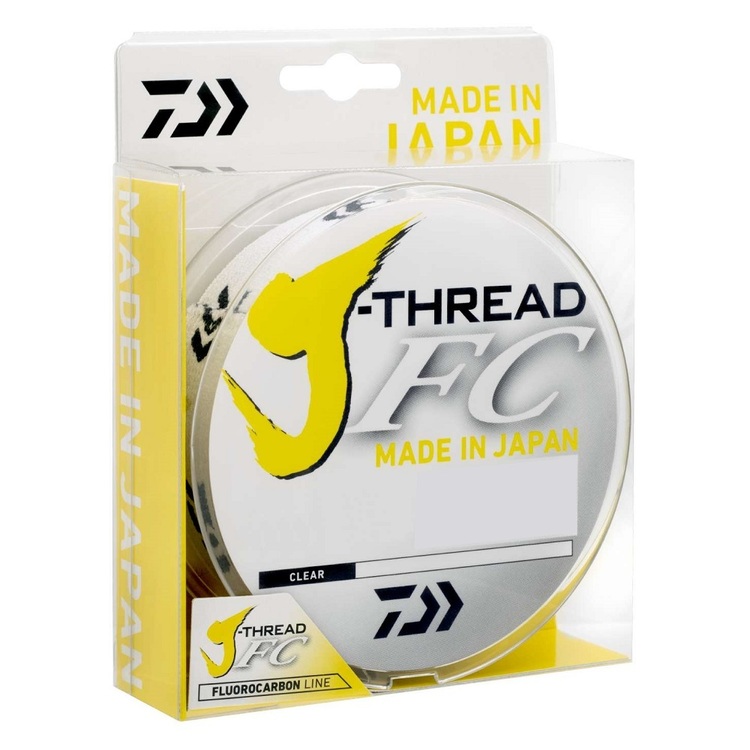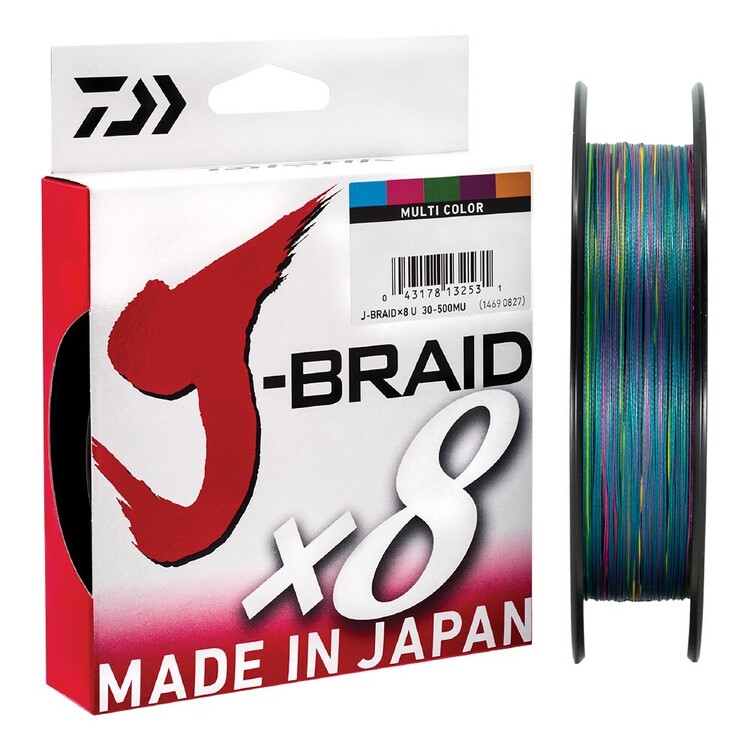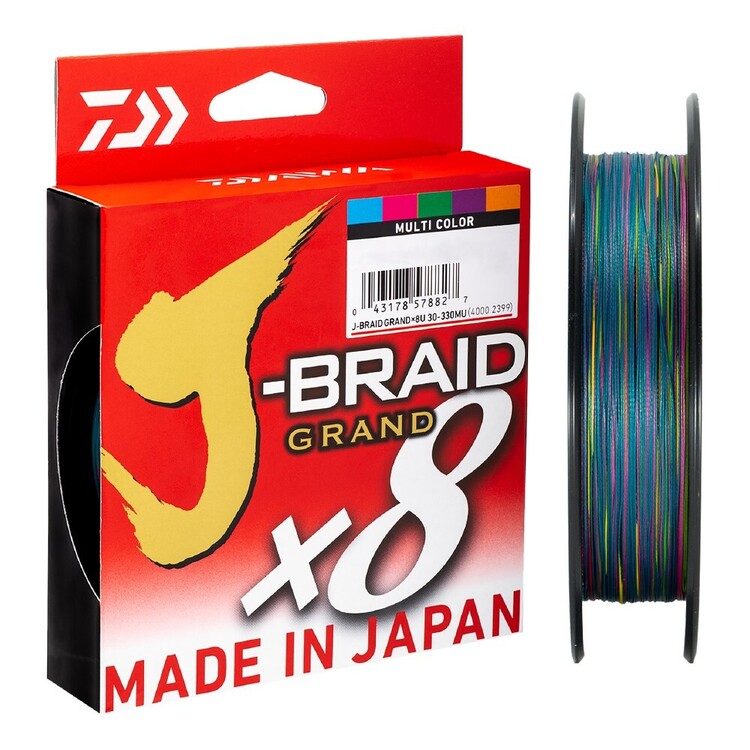| Your browser is not supported. | ||
|
Please browse our site using any of the following options:
| ||
Fishing Line
Looking for the right fishing line? At Anaconda, you can find the best fishing line for you based on stretch, strength, visibility, and resistance.
238 items found.
Shop Essential Fishing Line For Your Fishing Adventure at Anaconda
Your fishing line is just as important as your fishing rods and fishing reels for catching fish anywhere around Australia. As Australia's biggest outdoor and adventure retail chain, Anaconda is dedicated to servicing anglers with the highest quality monofilament, fluorocarbon and braided fishing line and leader line. We partner with top angling brands such as Daiwa, Shimano, Berkley, Jarvis Walker to bring you the best possible fishing line, fishing lures, fishing tackle and tackle boxes.
Discover the Different Types of Fishing Line Available
- Monofilament Fishing Line: 1939 saw the first commercial production of a nylon monofilament fishing line. This new line, primitive by today's standards, didn't catch on immediately. In 1958, however, DuPont introduced Stren, a thinner line of more uniform quality that could be used with different types of reels, including newly introduced spinning and spin casting tackle. This line was quickly embraced by fishermen, and led to a boom in sport fishing popularity because it helped make fishing much easier. Monofilament products still account for more than two-thirds of all fishing lines sold. As the name suggests, this is a single-component product. It is formed through an extrusion process in which molten plastic is formed into a strand through a die.
- Braided Fishing Lines: Before the discovery of nylon, braided Dacron was the most popular line. Poor knot strength, low abrasion resistance and little stretch, however, meant that it lost popularity. In the 1990s, a new category of braided lines often called "superlines" came onto the market. Early problems such as poor colouration, castability and strength have all been improved, overcoming early disadvantages. Lures dive deeper and faster when connected to superlines. And because it's smaller in diameter, superline is less visible to fish than monofilament, and anglers can spool more lines on their reels. Also, superlines allow longer casts, making them ideal for shore-bound anglers. High break strength and low stretch permit better manhandling of big fish.
- Fluorocarbon Fishing Lines: Fluorocarbon is a polymer that is nearly invisible in water because it has an almost identical refractive index (an indication of the degree to which light refracts or bends as it passes through a substance). It is inert, so it resists deterioration by sunlight and it doesn't absorb water. The original fluorocarbon leaders were stiff and very expensive, but new technologies have produced more flexible fluorocarbons at more affordable prices. All fluorocarbon lines are stiffer than nylon, even when wet. This requires more attentiveness to the line when casting, and finer "balance" of tackle. If a heavier fluorocarbon line is used on lighter rods, reels and lures, anglers will experience more difficulty. Baitcasting reels may require additional adjustment for the extra momentum created by the heavier weight of fluorocarbon.
Fishing Line FAQs
How to tie a hook to a fishing line?
There are several ways to tie fishing hooks to fishing lines. Some popular knot types include a Uni Knot, Half Blood Knot and Loop Knot. Discover the complete Guide on Three Basic Fishing Knots on the Adventure Centre blog.
What terminal tackle is recommended to use with a fishing line?
At Anaconda, you get to combine highest quality braid, monofilament and fluorocarbon fishing line with terminal tackle such as Black Magic tackle, Jarvis Walker tackle, soft plastic lures and other fishing tackle from major brands. Top products worth considering include Berkley Trilene, Daiwa J-Braid and angling accessories from Halco, Spectra, Shogun and other great manufacturers on the market, and as well as certain types of line being more suitable for certain species of fish and certain locations, a lot of the choice also comes down to the fisherman's personal preference.
Shop All Your Fishing Line and Fishing Gear Needs at Anaconda
Find all your favourite brands and types of fishing lines here at Anaconda, as well as all your other fishing gear, essentials and accessories. Discover the entire range of fishing gear at Anaconda and get out on the water with the advantage! For more tips and advice, head over to the Adventure Centre which is filled with amazing fishing information such as Where To Find The Best Fishing Spots In Perth and How To Set Up Your Kid's Fishing Gear For Under $150. Anaconda is your one-stop adventure retailer, being the destination for all your fishing and outdoor equipment needs!


